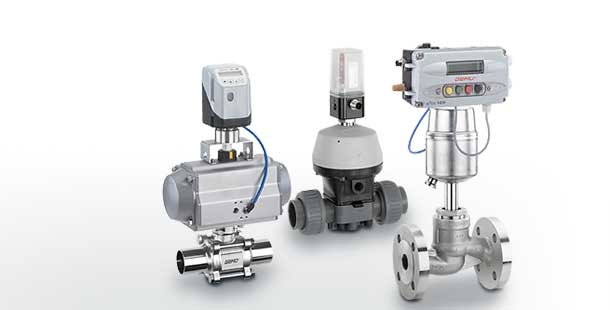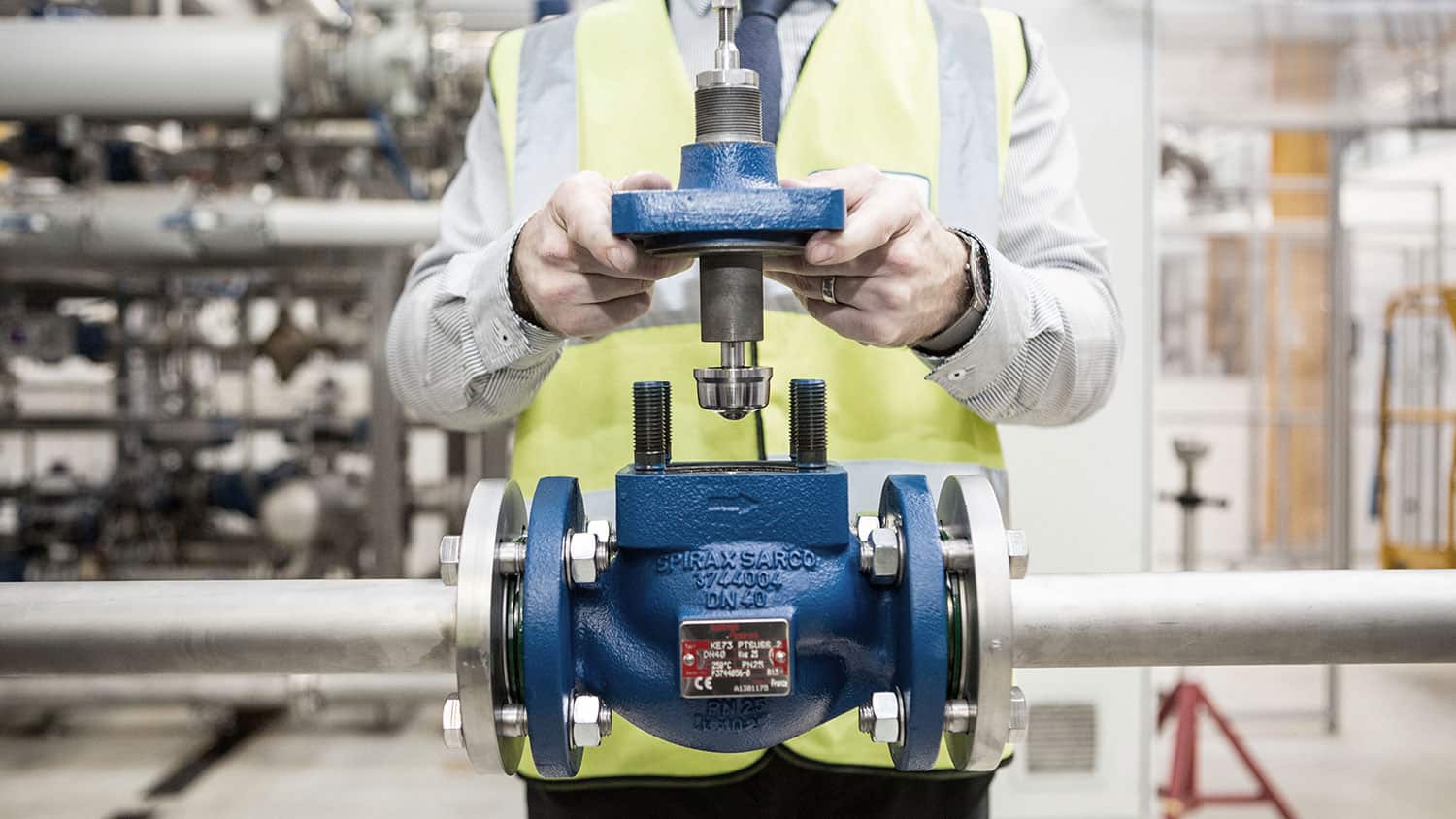
Maximize Energy Cost Savings and Convenience With Advanced Structure Automation Controls
In the realm of contemporary style and facility management, the integration of sophisticated structure automation regulates stands as a crucial advancement. By harnessing the power of automation, structures can adapt, respond, and develop in methods that were as soon as unthinkable.
Power Performance Perks
Power effectiveness advantages can significantly decrease energy consumption and functional expenses in structures. Energy-efficient systems, such as advanced structure automation controls, can optimize the use of resources like cooling, lighting, and home heating, leading to lower energy expenses over time.
Additionally, enhanced energy efficiency can extend the life-span of building tools and systems. By operating extra successfully, HVAC systems, light, and various other structure elements experience much less deterioration, causing decreased upkeep and substitute prices. Additionally, energy-efficient buildings usually command higher property values and rental prices, providing long-lasting monetary benefits to owners.
In addition, energy effectiveness can improve occupant comfort and performance. Correctly managed interior atmospheres with optimum lights and thermal conditions develop a more conducive and pleasant work space, causing enhanced staff member fulfillment and performance. Overall, the energy effectiveness benefits connected with innovative building automation controls are diverse, including cost savings, environmental stewardship, and occupant health.
Enhanced Comfort Control
Enhancing convenience control in structure settings needs an innovative assimilation of innovative automation systems for optimal passenger wellness. By utilizing innovative structure automation controls, centers can tailor the interior setting to meet the particular needs and preferences of passengers. control valves.
Boosted convenience control exceeds fundamental temperature level adjustments. It consists of features such as personalized settings, occupancy sensors, and natural light utilization to create a dynamic and receptive atmosphere. By incorporating these advanced controls, buildings can not just enhance convenience but likewise boost energy effectiveness by optimizing system procedures based upon actual occupancy and usage patterns. Eventually, focusing on occupant convenience with innovative automation systems leads to an extra delightful and healthier indoor setting.
Functional Efficiency Improvements

Moreover, the application of real-time surveillance and analytics tools enables structure operators to determine power inefficiencies and functional abnormalities promptly. By constantly keeping track of energy usage patterns and system efficiency metrics, modifications can be made in real-time to optimize power intake and make sure peak operational efficiency. control valves. In addition, integrating need action methods right into structure automation controls can even more boost operational efficiency by dynamically adjusting energy use based on grid problems and pricing signals
Indoor Climate Optimization
Efficient indoor climate this page optimization is a fundamental aspect of building automation controls, making certain passengers' comfort and wellness while making best use of power savings. By utilizing innovative sensing units and controls, building automation systems can continuously change and monitor temperature, moisture levels, air quality, and ventilation to develop an optimal indoor atmosphere. Maintaining comfy and constant problems not only boosts resident contentment however likewise enhances performance and general well-being.
Indoor climate optimization also plays a vital role in power effectiveness. By fine-tuning ventilation, air conditioning, and home heating systems based upon real-time data and tenancy patterns, building automation controls can see this here dramatically decrease energy intake - control valves. For example, carrying out methods such as demand-controlled air flow and thermal zoning can aid lessen power waste while making certain that each area of the structure gets the necessary conditioning.

Lasting Atmosphere Development
Building automation controls not just maximize interior climate problems for power effectiveness and passenger comfort but additionally lay the structure for creating a lasting atmosphere via calculated management of resources and systems. By incorporating advanced building automation modern technologies, such as sensing units, actuators, and intelligent software application, facilities can keep an eye on and readjust power use in real-time to reduce waste and decrease their carbon impact. These systems enable anticipating upkeep, recognizing possible problems before they escalate and enhancing equipment performance to enhance longevity and efficiency.
Additionally, lasting atmosphere development prolongs beyond power monitoring to encompass water preservation, waste reduction, and indoor air top quality enhancement. Building automation controls can manage water use, find leaks, and guarantee correct waste disposal techniques, adding to general sustainability initiatives. In addition, by keeping track of and regulating ventilation and filtration systems, these modern technologies improve resident health and efficiency while reducing power usage related to cooling more tips here and heating procedures.
Final Thought
To conclude, progressed building automation regulates deal substantial advantages in terms of energy savings, comfort control, operational performance, interior climate optimization, and creating a sustainable environment. By carrying out these controls, buildings can attain ideal performance while minimizing power intake and boosting passenger convenience. It is evident that making use of innovative automation technology is crucial in boosting building performance and producing a more sustainable future.
Energy performance advantages can significantly decrease energy usage and operational expenses in buildings. In general, the energy effectiveness benefits associated with sophisticated building automation controls are complex, incorporating cost savings, ecological stewardship, and occupant wellness.
In addition, integrating need response strategies into building automation controls can additionally improve functional efficiency by dynamically changing power usage based on grid problems and prices signals.
Structure automation manages not only maximize indoor environment problems for energy effectiveness and owner comfort however likewise lay the structure for developing a sustainable setting via strategic administration of systems and sources.In verdict, progressed building automation regulates offer considerable advantages in terms of power financial savings, convenience control, operational performance, indoor climate optimization, and developing a lasting setting.
Comments on “Critical Elements to Think About When Selecting Control Valves”